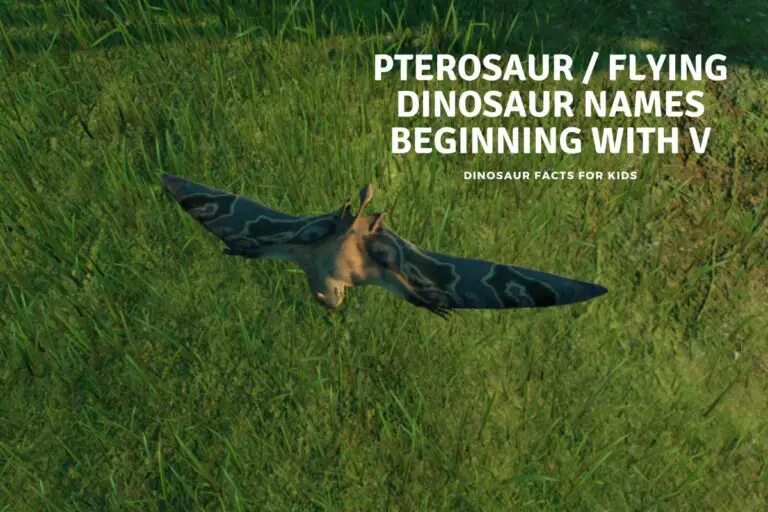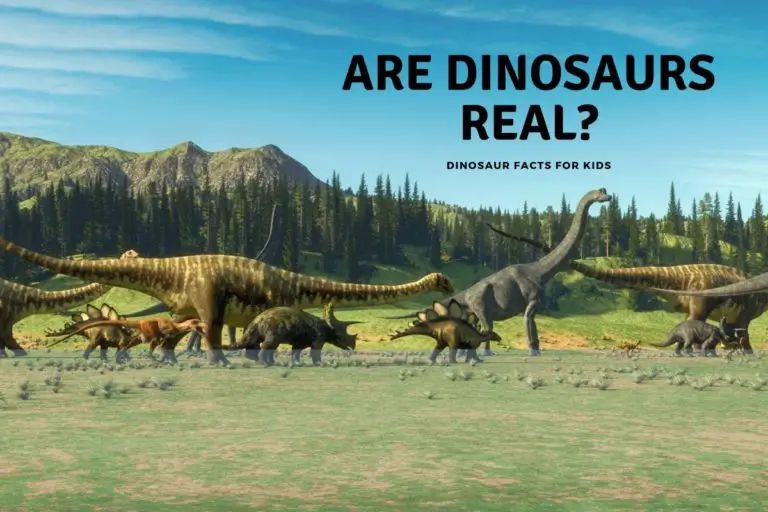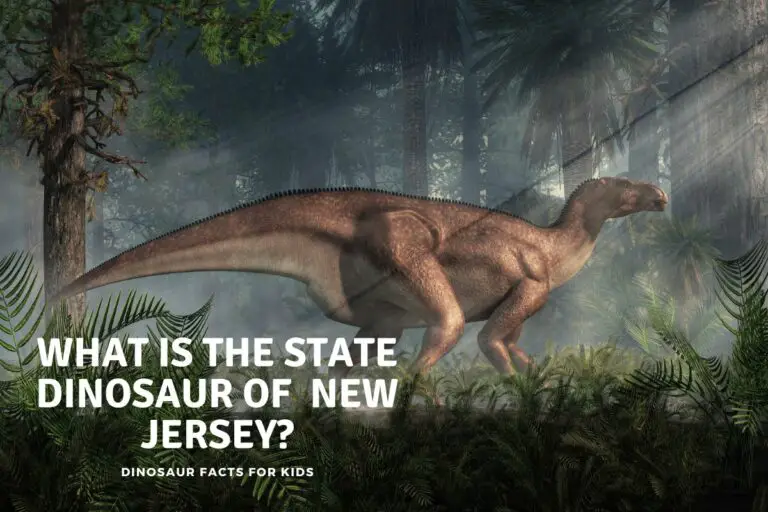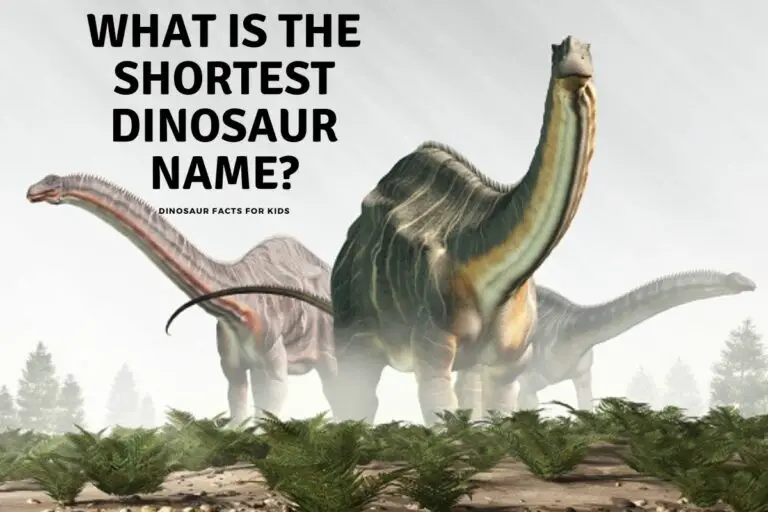How Big was Stegosaurus?
One of the most recognizable dinosaurs in the pantheon of ancient beasts is certainly the stegosaurus. It’s one of those dinosaurs that people might try to draw when asked to simply “draw a dinosaur,” that’s how iconic it is as a species. However, while people tend to know the overall form of stegosaurus, could they be called upon to draw the beast to scale? That’s another question altogether.
Fossils of Stegosaurus have been discovered up to 30 feet long (9 metres) , making it the longest and largest of its Stegosauridae family. However on average it would be up to 30% shorter at 21 feet long (6.5 metres) and up to 3500 Kg (7716 lbs) which is comparable to a large elephant.
The fact is that while a stegosaurus is one of the most identifiable dinosaurs, knowing exactly how big it was in relation to us humans is another point. In fact, it’s the point we want to focus on in today’s blog.

How Big Was Stegosaurus? The Numbers
Stegosaurus remains were first discovered in Colorado in 1877, but the most complete skeleton wasn’t uncovered until 1992, also in Colorado. These discoveries told us that Stegosaurus grew to about 21 feet in length (6.5 meters) on average, with the largest specimens growing up to 30 feet long (9 meters).
Stegosaurus, on average, weighed up to 4.2 short tons (3.5 metric tons). It was also a species noted among paleontologists for its expansive distribution around the world, with many fossilized specimens of family members being uncovered on four different continents.
What makes the stegosaurus so easy for people to remember isn’t its length, however, but its distinctive features. Most notable were the stegosaur’s array of plates and flat spines arranged along its back all the way down to the hips and tail.
Fossil remains show that stegosaurus back plates could number anywhere from 17 to 22, and were similar in form to the osteoderms that one sees in modern crocodiles and lizards. Contrary to some belief, these plates were not attached to the creature’s skeleton, but actually rose up out of the skin directly. These plates grew up to 24 inches tall (60cm).
At the end of the steogsaur’s tail you’d find its most fearsome feature, namely its tail spikes. These were arranged on the tail in two pairs, each one about 12 inches (30cm) in length.
Putting the kite-shaped back plates and the spikes together have created for many the image of a kind of “armored tank” of a dinosaur. The lack of ossified tendons in stegosaurus tails have led some paleontologists to theorize that stegosaurus could wield its tail more effectively than many other of its herbivore peers.
Stegosaurus: The Armored Tank?
Large, heavy, and covered in seeming armor plating and spiky weaponry, the stegosaurus has naturally acquired a tough image among the general public. It’s natural to assume that the plates were defensive and the tail spikes both defensive and offensive; useful for protecting stegosaurus young from predatory therapods like Allosaurus.
And before you ask, the answer is no: stegosaurus never faced off against Tyrannosaurus Rex, since the two lived during different periods completely. In fact a T-Rex is closer in time to an iphone than it was to a stegosaurus!
However, there are some scientists who dispute the reputation of stegosaurus as some kind of bruiser in the herbivore world. They instead theorize that the plates and spikes could have instead been more for display purposes, much like the plumage of a male tropical bird. The first discoverer of stegosaurus, Othniel Marsh, was himself a proponent of the “armored tank” theory.
Other paleontologists such as the Soviet Union’s Leo Davitashvili claimed that it didn’t make any sense because the plates themselves were fairly brittle, and placed very poorly for protection.
Unless another dinosaur was planning to jump on its back, they’d be of little use. A wily therapod could simply flank a stegosaurus, slashing at its sides and underbelly with its feet and arms.
Beyond that, subsequent discoveries of other stegosaur remains across four continents have revealed different placements of the back plates, which help to indicate that these are more likely a tool of display rather than one of defense.
Others have even theorized that the back plates were actually used as part of the dinosaur’s thermoregulatory system. Some doubts have been cast over this later theory, however, particularly after the discovery of Kentrosaurus, a stegosaurus variant.
This one had back plates only on its front half, with the back half and tail giving way to more aggressive looking spikes.
The sad news is that without living stegosaurus specimens to observe, it’s hard to say for certain what the real function of these plates was.
Stegosaurus Size Compared to other Dinosaurs
We have a table below highlighting some of the size comparisons between stegosaurus size and other dinosaurs. We chose the more well known ones, and if you want to know more about armored dinosaurs in particular we have an article on the largest armored dinosaurs on the site.
Table 1: Stegosaurus Size compared to other dinosaurs.
| Dinosaur | Max Length | Max Height | Max Weight |
| Stegosaurus | 30 feet (9 metres) | 11 feet (3.5 metres) | 7700 lbs (3500 kg) |
| Triceratops | 26-30 feet (8-10 metres) | 9,5 feet (3 metres) | 11-17,000 lbs (5-8,000 kg) |
| Ankylosaurus | 20 -26 feet (6 -8 metres) | 5-6 feet (2 metres) | 9-17,000 lbs (4-8000 kg) |
| Brachiosaurus | 75 feet (23 metres) | 39 feet (12 metres) | 40-103000 lbs (18-47,000 kg) |
| Tyrannosaurus Rex | 40+ feet (12 metres) | 12-14 feet | 11- 15000 Lbs (5-7000 kg) |
We also have an image that gives you a size comparison, very roughly, between stegosaurus and other dinosaurs and an average sized person. While it might not be quite as dramatic as that shows, there is no doubt stegosaurus was a very large dinosaur indeed!

Stegosaurus: The Family
It may come as no surprise to many that stegosaurus is a close relation of another recognizable armored dinosaur, namely the ankylosaurus. The latter possessed arguably more fearsome and apparently defensive dermal armor, however, and had a club-shaped tail end rather than spiked. The two species did share very similar sets of small teeth.
Stegosaurus and ankylosaurus both trace their lineage back to other armored creatures like the scutellosaurus and the scelidosaurus from the early Jurassic Period. The main differentiating feature of stegosaurus from its other dinosaur cousins was that it lost much of the flank and body armor, eventually only leaving the alternating back plates.
One of the other more recognizable features in stegosaurus was its teeth and jaws. While it is known and understood that these dinosaurs were herbivores, most likely living off ferns, conifers, moss, fruit and similar things, their teeth were quite different from many herbivore contemporaries.
Stegosaurus is part of the ornithischian family, most of which had teeth that could grind material down, and jaws that could move the teeth horizontally, and not just up and down. Stegosaurus seems to have lacked this key ability, only being able to move its jaw up and down, and with small, peg-shaped teeth that were not pressed together as one might expect in a herbivore.
This made them quite inefficient for grinding, and yet we know that stegosaurus far from struggled to eat and survive. In fact, the beast thrived around the world. Unfortunately, we are still unsure as to what exact process this great dinosaur used to eat and process nutrients efficiently.
In other ornithischians, the teeth are the biggest clue, but stegosaurus stands out as quite unique in this area.
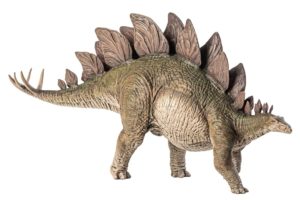
We have other articles covering size of popular dinosaurs on the site and you can find the links below.
- What were the largest meat eating dinosaurs
- What were the largest armored dinosaurs
- what was the biggest dinosaur
- What were the biggest horned dinosaurs.
We have a series of articles on How Big Dinosaurs were and you can follow the links below to check out the size of other popular dinosaurs.
And if you wanted to know some of the smallest dinosaurs ever you can check out the article on the site as well. As although dinosaurs are often thought to be huge monstrous animals there were plenty of small ones as well and we take a look at them on the link above.
Conclusion
Stegosaurus was certainly a big dinosaur and would have used that size as a deterrent to all but the most tenacious of hunters. It is known it did come up against allosaurus, and that it possibly moved with other dinosaurus as a shared protection, camptosaurus for example.
However its defense was its up to 30 feet in length, and its 7700 lbs in weight as well as that huge spiked tail called a thagomizer !
References
- https://www.britannica.com/animal/Stegosaurus
- https://www.dinopit.com/just-how-big-was-stegosaurus/
- https://study.com/academy/lesson/stegosaurus-dinosaur-facts-size.html
- https://www.dinosaur-universe.com/dinosaur-information/how-big-is-a-stegosaurus/
Hi, I am Roy Ford a General Studies and English Teacher who has taught all over the world. What started as a fossil collection became a great way to teach, motivate and inspire students of all ages and all over the world about dinosaurs and from that and children’s love of dinosaurs came the site dinosaur facts for kids, a resource for all ages.

